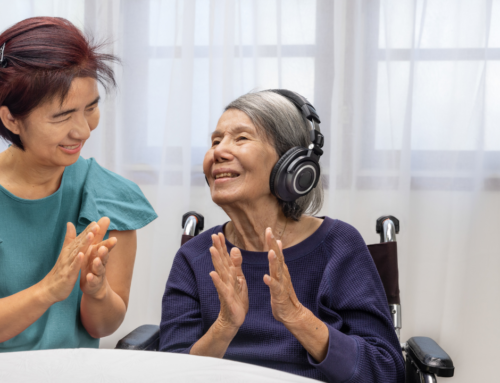Share This Story!
Art Allows The Brain To Play
Art for the brain is the equivalent of exercising for the body. Art increases blood flow to the brain and improves mental conditioning. Art is not limited to museums and Smithsonian’s but can be done at home. Exercising the brain will keep both the mind and body fit. Keeping the brain active is imperative for healthy cognitive functioning.
What are cognitive skills?
Cognition is how individuals relate to the world. Memory, problem solving, language, sight, and motor skills are all part of cognition. Cognition is more of the how than the why. Some cognitive examples are below:
- Perception: answering a phone involves hearing the ring tone
- Motor skill: lifting the receiver
- Language: speaking to the individual
- Social skills: interpreting the message
Cognitive abilities are controlled by various parts of the neural network. Cognition declines with age. Reaction time and memory retrieval are typically the first signs of cognitive decline.
Art makes the brain think
Art is a form of communication that engages the senses. Art can be visual, auditory, or taste based like a beautiful dessert. Each person can have a different reaction to the piece of art. The brain starts by working to make sense of the information. For visual art: what is the picture or sculpture of revealing? Interpretation allows the brain to find patterns and organize the shapes and colors into something which makes sense. The brain’s reaction to the visual stimulus of art is the first step in the process. Analyzing the picture keeps the brain active and engaged. What does the piece represent? What does the art say about the artist? How does the piece make the viewer feel? Art is as much about visual stimulation as it is about emotional interpretation. A person who feels connected to the art will undergo increased cognitive function. The same can be said for music. What was the artist intention with the piece? Is the music pleasing to the ear? How does the piece make the listener feel? For taste-based art: what food items were used? What meaning was the artist trying to portray? How does the food taste? Art is not just for the eyes. Music stimulates neuroplasticity.
Art and brain structure
Art can change the brain. When looking at a mentally stimulating piece of art, the brain releases endorphins. This increases blood flow to the brain by up to 10%. The more the brain is stimulated, the more cognitive function increases. Art can even be used in the recovery process for head traumas as a way to stimulate visuospatial recognition and create new pathways. Music improves mental conditioning and motor skills through what is known as the Mozart effect. One of the most common brains myths is that creative individuals are more right brained. Art requires both the creative aspects of the right hemisphere and the analytical aspects of the left. Creative individuals tend to show less hemispheric dominance. Art for the brain is like going to the gym for the body.
Art exercises the brain
Art keeps the brain active and engaging the senses. Art must be interpreted and analyzed; doing so stimulates both the left and right hemisphere of the brain. Art can even change the brain through increased blood flow and creation of new neural pathways. Art makes the brain think and improves cognitive function all of which help keep a person feeling more engaged and youthful.





